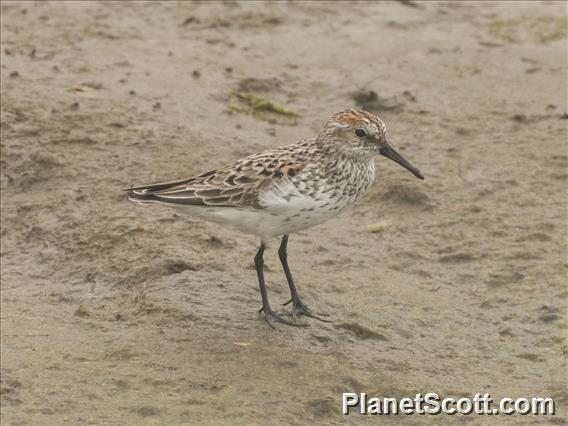Western Sandpiper (Calidris mauri)

Western Sandpiper (Calidris mauri)
×


Western Sandpiper (Calidris mauri)
About Western Sandpiper (Calidris mauri)
- Kingdom: Animals
- Phylum: Chordates
- Class: Birds
- Order: Pelicans
- Family: Sandpipers and Allies
The western sandpiper is a small shorebird. The genus name is from Ancient Greek kalidris or skalidris, a term used by Aristotle for some grey-coloured waterside birds. The specific mauri commemorates Italian botanist Ernesto Mauri (1791–1836).
Source: Wikipedia
Lifelists
Visits
-
2006-04-16
Kern National Wildlife Refuge, United States of America -
2006-04-19
Candlestick Park, United States of America -
2006-12-01
Isla Floreana - Punta Flores, Ecuador -
2007-04-10
Ejido Lagoon, United States of America -
2008-05-03
Heron's Head Park, United States of America -
2012-04-14
Heron's Head Park, United States of America -
2012-07-21
Don Edwards National Wildlife Refuge - Alviso, United States of America -
2012-08-12
Coyote Point County Park--harbor and marsh, United States of America -
2012-08-25
Pescadero Marsh, United States of America -
2012-12-13
Heron's Head Park, United States of America -
2013-04-16
Aransas NWR (CTC 037) (Aransas Co.), United States of America -
2014-01-14
Candlestick Park, United States of America -
2014-07-16
Nome, United States of America -
2014-07-17
Nome--Safety Sound, United States of America -
2015-01-01
Candlestick Park, United States of America -
-
-
-
-
-
-
2024-03-27
Teotitlan del Valle, Mexico






